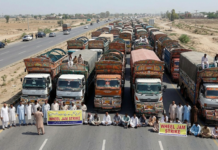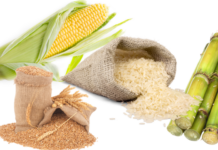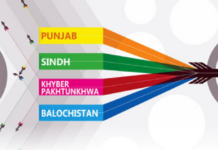ISLAMABAD – Pakistan’s economy expanded by 3.0% in the fiscal year ending June 2025, an increase from 2.6% in the previous year, driven by industrial activity and the services sector. However, the World Bank’s latest report, Pakistan Development Update: Staying the Course for Growth and Jobs, projects a similar 3.0% growth for FY26 due to the adverse impacts of recent floods on agriculture.
The report highlights that fiscal tightening and appropriate monetary policies have helped manage inflation, as well as support current account and primary fiscal surpluses, despite challenging global and domestic conditions. While industrial and services sectors grew, agriculture underperformed due to unfavorable weather and pest issues.
“Pakistan’s recent floods have caused significant human and economic losses, dampening growth prospects,” said Bolormaa Amgaabazar, World Bank Country Director for Pakistan. “Continued reforms and accelerated job creation are essential for maintaining growth and strengthening social safety nets and infrastructure.”
Flood impacts are expected to constrain growth in the short term, with real GDP projected at 3.0% in FY26, before a modest pick-up to 3.4% in FY27, driven by reforms. However, the report underscores that growth remains vulnerable to climate shocks and global policy uncertainty.
“Sustaining progress will require a balanced mix of revenue and expenditure measures,” said Mukhtar Ul Hasan, the report’s lead author. “Implementing key fiscal reforms such as broadening the tax base, strengthening tax administration, and reducing the state’s presence in the economy is essential.”
The report also emphasizes the role of exports in achieving long-term stability, noting that Pakistan’s exports have declined from 16% of GDP in the 1990s to around 10% in 2024. High tariffs, complex regulations, and costly energy and logistics are key constraints, though recent tariff reforms are seen as a step toward greater openness.
“The government has prioritized export growth and made strides in addressing structural barriers, notably through the approval of the National Tariff Policy,” said Anna Twum, co-author of the report. “However, tariff reforms alone will not suffice. Broader measures such as a market-determined exchange rate, improved trade finance, and enhanced infrastructure are necessary for driving export-led growth.”























